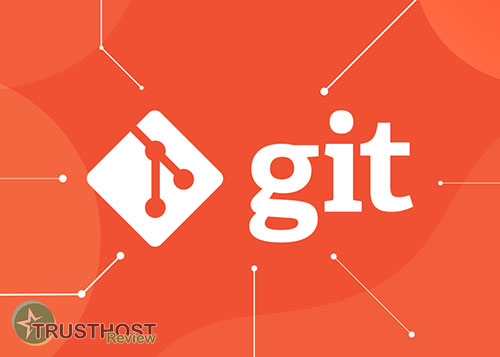Authentication: The Cornerstone of Digital Security
Authentication stands as a critical line of defense against unauthorized access and data breaches. But what exactly is authentication? Simply put, it's the process of verifying the identity of a user or device attempting to access a system or service. Think of it as the digital equivalent of a security guard checking your ID before allowing you entry into a restricted area.
How Authentication Works:
Authentication relies on proving who you are through various factors, often categorized as:
- Something you know: Passwords, PINs, security questions
- Something you have: Physical tokens, mobile devices, security keys
- Something you are: Biometric data like fingerprints, facial recognition, iris scans
Strong authentication often employs multi-factor authentication (MFA), requiring two or more of these factors. This layered approach significantly enhances security.
Why Authentication Matters:
- Protects Sensitive Data: Prevents unauthorized access to personal information, financial data, and confidential business records.
- Ensures Accountability: Tracks user actions and facilitates auditing, aiding in investigations and compliance regulations.
- Builds Trust: Assures users that their interactions and transactions are secure, fostering confidence in online platforms.
Types of Authentication Methods:
From traditional passwords to cutting-edge biometrics, various authentication methods cater to different security needs:
- Password-based Authentication: The most common, though often vulnerable, method requiring users to enter a secret password.
- Two-Factor Authentication (2FA): Enhances security by requiring a second verification step, like a code sent to a mobile device.
- Biometric Authentication: Uses unique biological traits for highly secure verification, offering convenience and strong protection.
- Token-Based Authentication: Employs physical or software-generated tokens that provide temporary access credentials.
Best Practices for Strong Authentication:
- Use Strong, Unique Passwords: Avoid common phrases and consider a password manager for secure storage.
- Enable Multi-Factor Authentication: Activate MFA whenever possible for an extra layer of protection.
- Beware of Phishing Attacks: Verify requests for login credentials through official channels and be wary of suspicious emails or links.
- Keep Software Updated: Regularly update operating systems, browsers, and applications to patch vulnerabilities.
In today's digital landscape, understanding and implementing robust authentication measures is paramount. By embracing strong authentication practices, individuals and organizations can mitigate risks, safeguard sensitive information, and build a more secure online experience.
















